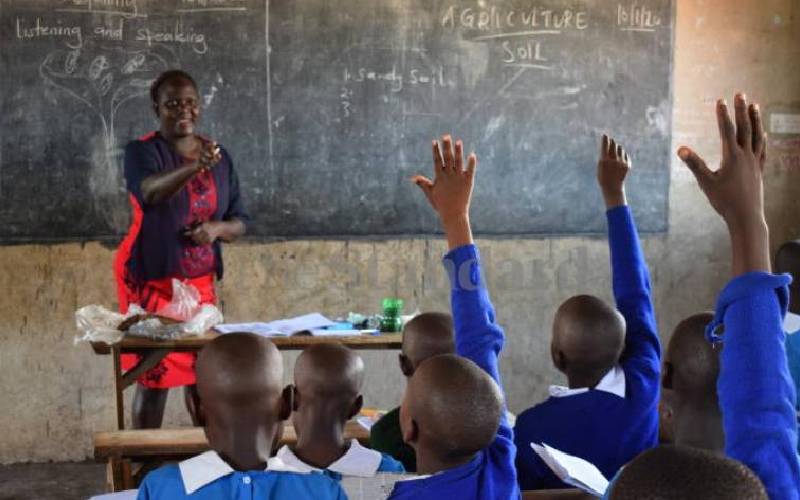×
The Standard e-Paper
Kenya's Bold Newspaper

Evaline Ogesa, a teacher at Shauri Yako Primary school in Homa Bay, teaches Grade Four pupils agriculture, on January 10, 2020. [James Omoro, Standard]
A barrier to learning is anything that stands in the way of a child being able to learn effectively.